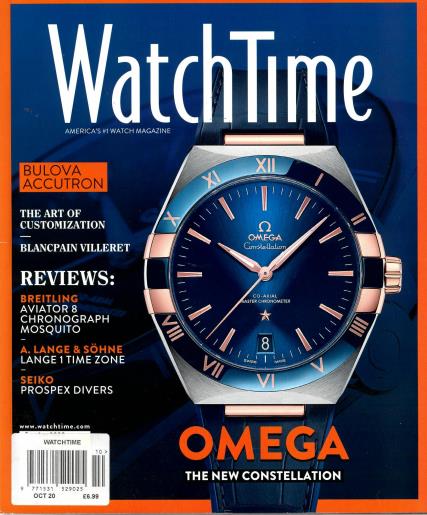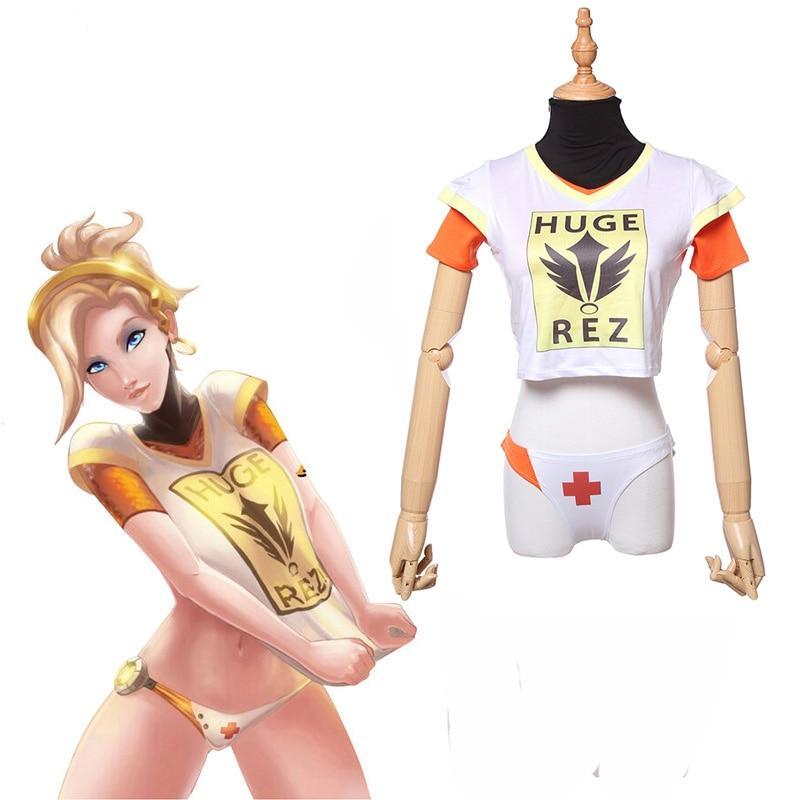
Typically, instrumental fanworks exist in the domain of ‘affirmative’ (Hellekson and Busse 2014)-they adopt the game’s original ideological position and accept its ways of operating-while it is more likely for expressive fanworks to appear transformative and as such “take a creative step to make the worlds and characters their own” (Ibid., 4).

Interestingly, unlike instrumental fanworks, expressive fanworks may appeal to people who are not players of the game by themselves as they typically involve new story elements, visuals, intertextual references, or critical commentary (Wirman 2009). Expressive fanworks-such as cosplay and fan drawings-are more concerned with the storyworld and characters of a game and add to the fantasy in and around the game. If instrumental productivity is for play, expressive productivity falls somewhat beyond playing the base game. Such fanworks focus on the game as a system that is there to be ‘figured out’ and the purpose of community exchange is to help each other to ‘play better’ as well as to experience every corner of the game. The fanworks that fall under instrumental productivity-such as wikis and databases-aid the player in their play making it easier, faster, and more efficient to advance in the game. Wirman ( 2009) introduces two types of fanworks: instrumental and expressive. This chapter’s novel contribution to game fan studies is to offer a comprehensive account of fan productivity around a single game linking related activities together with official views surrounding them.

We focus on fandom that largely takes place and becomes shared and discussed on open online platforms and fora. Our work here does not cover ‘behind the scenes’ community management, gameplay analytics, or other player and game insights that the company collects that arguably inform design decisions made at Blizzard Entertainment. In this chapter we will, whenever relevant, address the fanworks’ proximity to the official brand and canon of the game. While fan creators reinterpret, reimagine, and expand official game characters through fanworks, our particular interest lies in how fans and official corporate entities negotiate the meanings and status of fanworks. Postigo 2003, Kücklich 2005), as a type of networked production, has become “an ‘innovation agency’ that engineers transformations of business and consumer practices towards open innovation networks” (Banks and Humphreys 2008, 403). Other research has explored how the simultaneously exploited and enjoyed co-creative labour (Terranova 2000, cf. Earlier research on productive game fandom has widely discussed the value provided by fans to individual games utilising concepts like ‘playbour’ (Kücklich 2005 Sotamaa 2007 Wirman 2013) or ‘gift economy’ (Hellekson 2009 Turk 2014) and often refers to fans’ influence on game longevity and increased profit (e.g., Jenkins 2006 Peuter and Young 2019). This chapter looks at a variety of Overwatch fanworks, such as fan art and cosplay, and the ways in which Blizzard Entertainment has officially or publicly recognised them.

Many fan creators operate in a legal grey area profiting from their works on platforms like Patreon Instead, such controversial and transgressive (Mortensen and Jørgensen 2020) fanworks that make up a significant amount of fan labour are actively disavowed via legal action. Other areas of fandom, such as erotic parodies and other sexually explicit materials, are typically not acknowledged despite the game’s creative director’s note about pornographic fanart as ‘an inevitable reality of the internet’ (Grayson 2016b, cf. Footnote 1 It has, among others, hired cosplayers as official ‘representatives’ of new characters during launch events (Carpenter 2018) and regularly shared fan art on official social media accounts as forms of endorsement. As a common corporate response to the works created by fans, some aspects of this fandom are openly endorsed by the game’s developer-publisher Blizzard Entertainment. The game has attracted an enthusiastic and productive fan base that produces derivative as well as transformative works largely building on the game’s ever-expanding roster of diverse characters. With over 40 million players across the globe, Overwatch is not only a colossus of online gaming but also a notable object of game fandom.


 0 kommentar(er)
0 kommentar(er)
